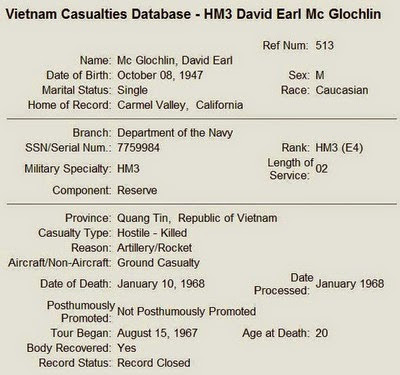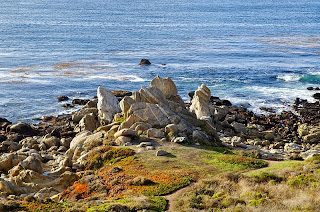Friday, May 29, 2015
Wednesday, May 27, 2015
Monday, May 25, 2015
Friday, May 22, 2015
BAHÁ'I HOLY PLACES
Bahá’ís believe that we are created beings by a God who is in essence unknowable and exalted above our understanding and comprehension. Our relationship is analogous to that of a painting to its painter. We learn of God and His Will through His Prophets, or Manifestations,who appear in the world in various ages and places. They serve as the brushes through which the will of the painter is expressed in the painting. They include Abraham, Moses, the Buddha, Krishna, Zoroaster, Jesus and Muhammad. These Manifestations perfectly reflect God’s holy nature by their exemplary and sanctified lives, and reveal God’s guidance through their words and laws.
This is a brief history of the two most recent Revelations.
♦
On May 22, 1844 in Shiráz, Persia, ‘Alí-Muhammad declared that he was a Manifestation of God, or a Divine Messenger, through whom God's Holy Will for this age was to be revealed. Assuming the name the Báb, or "Gate", He declared that He was also a Herald of the coming of another Manifestation of God soon to appear.

The Báb's claim that He was revealor of God's Word, like Jesus Christ and Muhammad before Him, attracted thousands of believers across Persia. It also raised the consternation of the Muslim clergy, who considered the Báb to be a heretic and a threat to their power and influence.
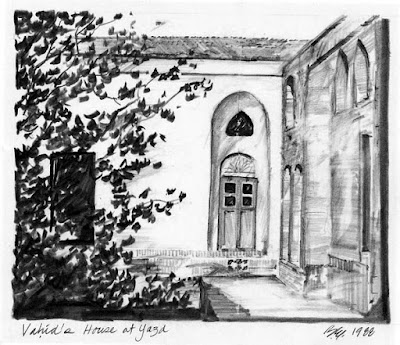
Responding to the feverish commotion that was sweeping Persia as word of the Báb's claim spread, and after the issuance of His Holy Book, the Bayán, the Shah sent his trusted and learned servant Vahíd to confront the Báb. After several interviews, Vahíd himself declared his belief in the station of the Báb, and along with twenty thousand other believers, was soon martyred by a fanatical populace which had been inflamed by the machinations of a self-serving Muslim clergy.
On July 9, 1850, in a public square in Tabriz, Persia, the Báb Himself was put to death by a volley from a firing squad comprised of seven-hundred and fifty men.
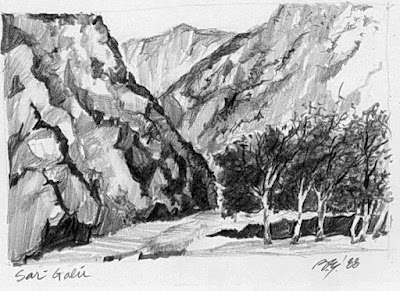
While imprisoned in Tehran for His allegiance to the Báb, it was revealed "in a dream" to Bahá'u'lláh, or "The Glory of God", that He was "The Promised One of All the Ages", and that He was the bearer of the "Most Great Revelation" to which "All the divine books and scriptures have predicted and announced unto men."
That this revelation was to be concealed from men for a period of nine years can only be attributed to the wisdom of God, for after His release from prison, Bahá'u'lláh was exiled to Baghdád, Iraq, and it was there that He left a greatly diminished number of the Báb's followers to live in solitude in the mountains of Kurdistán until "The Appointed Hour of His Return."

Upon His return from Kurdistán on March 19, 1856, Bahá'u'lláh became the spiritual center of the decimated ranks of the followers of the Báb, all the while concealing the fact that He was "The Promised One" the Báb had exhorted His followers to anticipate.
On April 22, 1863, in the Garden of Ridván, near Baghdád, Bahá'u'lláh announced to His followers His station and mission, and characterized that day as "The Day whereon the Tongue of the Ancient of Days hath spoken."
After twelve days of Revelation, Bahá'u'lláh, along with a certain number of His family and retinue, were exiled to Constantinople, Turkey, and from there to Adrianople, traveling this vast distance over the desolate Turkish landscape on foot and horseback with considerable privation.

In August, 1868, after five years in Constantinople and Adrianople, where Bahá’u’lláh had proclaimed His station in Addresses to the Kings and Rulers of the world, as well as to the religious leaders of Christiandom and Islám, Bahá’u’lláh was again exiled, this time to the prison-fortress of Akká, located on the shores of the Holy Land—the land “Promised by God to Abraham, sanctified by the revelation of Moses, honored by the lives and labors of the Hebrew patriarchs, Judges, Kings and Prophets, revered as the Cradle of Christianity, and as the place where Zoroaster…had ‘Held converse with some of the Prophets of Israel,’ and associated by Islám with the Apostle’s night-journey, through the Seven Heavens, to the Throne of the Almighty.” *
*Shoghi Effendi, ‘God Passes By’, p. 183

After more than nine years in the prison, wherein He had revealed, among numerous other writings, His “Most Holy Book”, the Kitáb-i-Aqdas, Bahá’u’lláh left Akká to reside at the Mansion at Bahjí, located a few miles from the prison. It was here that Bahá’u’lláh spent His final years, and on May 29, 1892, left this mortal realm.
Prior to His ascension, Bahá’u’lláh, to insure harmonious and continuous progress of the Faith after His passing, instituted a covenant, and designated His son, ‘Abdu’l-Bahá, as the Center of that covenant and sole interpreter of His teachings.

In 1909, the Sacred Remains of The Báb, which had been hidden for 49 years and carried in secret from Persia to Akká, were laid to rest on Mount Carmel, across the bay from Akká. A shrine was erected and, together with the Shrine of Bahá’u’lláh in Bahji, are the objects of pilgrimage to Bahá’ís around the world.
Additionally, the administrative headquarters of the Bahá’í Faith is located on Mount Carmel, which is in Haifa, Israel.

In April of 1912, after a voyage across the Atlantic, ‘Abdu’l-Bahá arrived in New York City, and began an eight month journey across the United States to proclaim the Revelation of Bahá’u’lláh.
On May 1, ‘Abdu’l-Bahá laid the cornerstone for the Bahá’í National House of Worship in Wilmette, Illinois, near Chicago. It is here that the Administrative Center of the Bahá’ís of the United States is located.
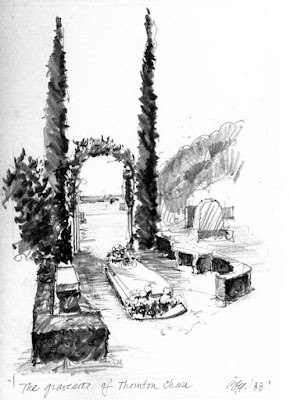
While in the United States, ‘Abdu’l-Bahá visited the gravesite of Thornton Chase, the first American Bahá’í. For Mr. Chase, ‘Abdu’l-Bahá reserved the Persian name “Sabet”(Steadfast) indicating his heroic and exemplary contribution to the establishment of the Faith in America. His grave is located in Inglewood, California.
Thursday, May 21, 2015
Favorite Sketch
Somebody asked me the other day which of my sketches was my favorite, and I think it is this one. It's a quick study of an rock outcrop at Carmel River State Beach on a scrap of paper.
It is the most beautiful place I've ever seen.
Virginia with dogs in the rain.
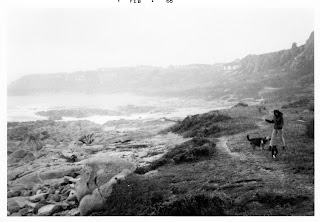

Pics from here
Monday, May 18, 2015
как сказать "fun" по-русски?
I asked my tutor how to say "fun" in Russian.
Me: "как сказать 'fun' по-русски?

Thursday, May 14, 2015
Wednesday, May 13, 2015
'Brother Louie' --Stories
She was black as the night
Louie was whiter than white
Danger, danger when you taste brown sugar
Louie fell in love overnight
Nothing bad, it was good
Louie had the best girl he could
When he took her home
To meet his mama and papa
Louie knew just where he stood
Louie Louie Louie, Louie
Louie Louie Lou-I
Louie Louie Louie
Louie Louie you're gonna cry
[Instrumental Interlude]
There he stood in the night
Knowing what's wrong from what's right
He took her home to meet his mama and papa
Man, he had a terrible fight
Louie nearly caused a scene
Wishin' it was a dream
Ain't no diff'rence if you're black or white
Brothers, you know what I mean
Louie Louie Louie, Louie
Louie Louie Lou-I
Louie Louie Louie
Louie Louie you're gonna cry
[Instrumental Interlude]
Louie Louie Louie, Louie
Louie Louie Lou-I
Louie Louie Louie
Louie Louie you're gonna cry
Louie Louie Louie, Louie
Louie Louie Louie Louie Lou-I
Louie Louie Louie
Louie Louie you're gonna cry
Tuesday, May 12, 2015
Pigeon Point
PIGEON POINT LIGHT STATION
Pics from the web
From a Southwest Airlines commercial
My funky watercolor
Young Joe
Sunday, May 10, 2015
Friday, May 8, 2015
Thursday, May 7, 2015
Subscribe to:
Posts (Atom)








